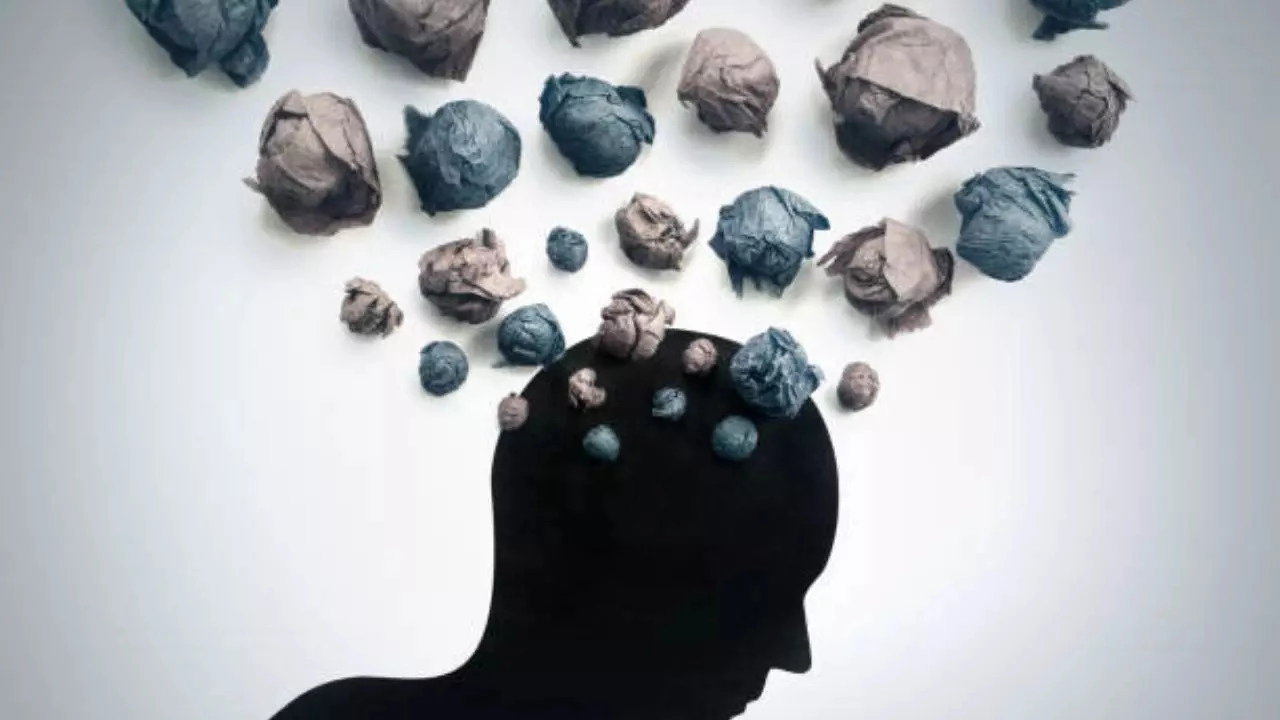Ashima Sharda Mahindra • 03 Aug 2024
Suicidal Thoughts Spiked In The US After Deaths of Robin Williams, Kate Spade, Anthony Bourdain; Why Are Celebrity Suicides Contagious?

According to experts, social processes can cause suicide to be contagious
The suicides of popular actor Robin Williams in 2014 and designer Kate Spade and chef Anthony Bourdain in 2018 led to a massive gush in suicidal thoughts and behaviours among the public, a disturbing new report from Columbia University has revealed.
The researchers developed a computer model that approximately counted the amount of suicidal ideation and the number of suicides that originated from these three celebrity deaths. Scientists said their model considered the number of weekly calls to the 988 Suicide and Crisis Lifeline data.
According to the study, calls to crisis lines were roughly half of that following Williams’ death occurred after Spade and Bourdain died. "The model we developed shows how suicide contagion, including both suicidal ideation and deaths, spreads quickly following the suicide deaths of celebrities whose lives and work are known and likely meaningful to large portions of the population,” researcher Jeffery Shaman, a professor of environmental health sciences at Columbia University Mailman School of Public Health in New York City, told AOL.
What makes celebrity deaths contagious?
Researchers said there was no single factor that they found was responsible for suicidal thoughts or actions, but they said social processes can cause suicide to be “contagious.” People close to or familiar with people who have considered or attempted suicide can become more suicidal themselves, the theory goes.
The study, published in the journal Science Advances, believed in William’s death - non-stop media coverage, attention, and the public’s connection to the then 63-year-old beloved comedian could have been the reason for the surge.
The Spade and Bourdain deaths - which occurred just three days apart in June 2018 - had less of an effect on the public, by about half. According to Shaman, it happened because media coverage had become more responsible by then. Researchers suspect some of the suicide spike was due to news stories that violated expert guidance on suicide coverage, including glorifying the death and describing the methods used. In 2014 and 2018, the increased suicide contagion rates lasted about two weeks before returning to baseline levels.
How does studying about suicide help?
According to Columbia researchers, the study would be extremely helpful in providing a framework for quantifying the suicide crisis to better understand, prevent, and contain its spread.
Shaman said he had developed models to track the spread of influenza and COVID-19. His team used a similar structure for the suicide model, treating the ideation and behaviors as a contagious system. They tracked the number of people capable of spreading the disease and the number of people susceptible to “infection”.
According to the Centers for Disease Control and Prevention, suicide rates in the United States rose 37 per cent during 2000-2018 and dropped 5 per cent between 2018-2020 before peaking again in 2021.
Get Latest News Live on Times Now along with Breaking News and Top Headlines from Mental Health, Health and around the world.